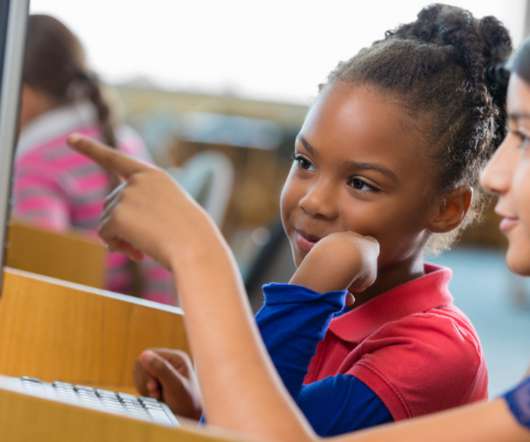Can Technology in the Classroom Replace Expensive Textbooks
Kitaboo on EdTech
JUNE 13, 2019
But these are secondary causes. Decrease in State Funding: The government has been scaling back on the funding on college education since the great recession of 2008. Post the recession, states cut inflation-adjusted spending on K–12 education by approximately 4% between 2008 and 2013. Provide Access to K-12 Libraries.




























Let's personalize your content